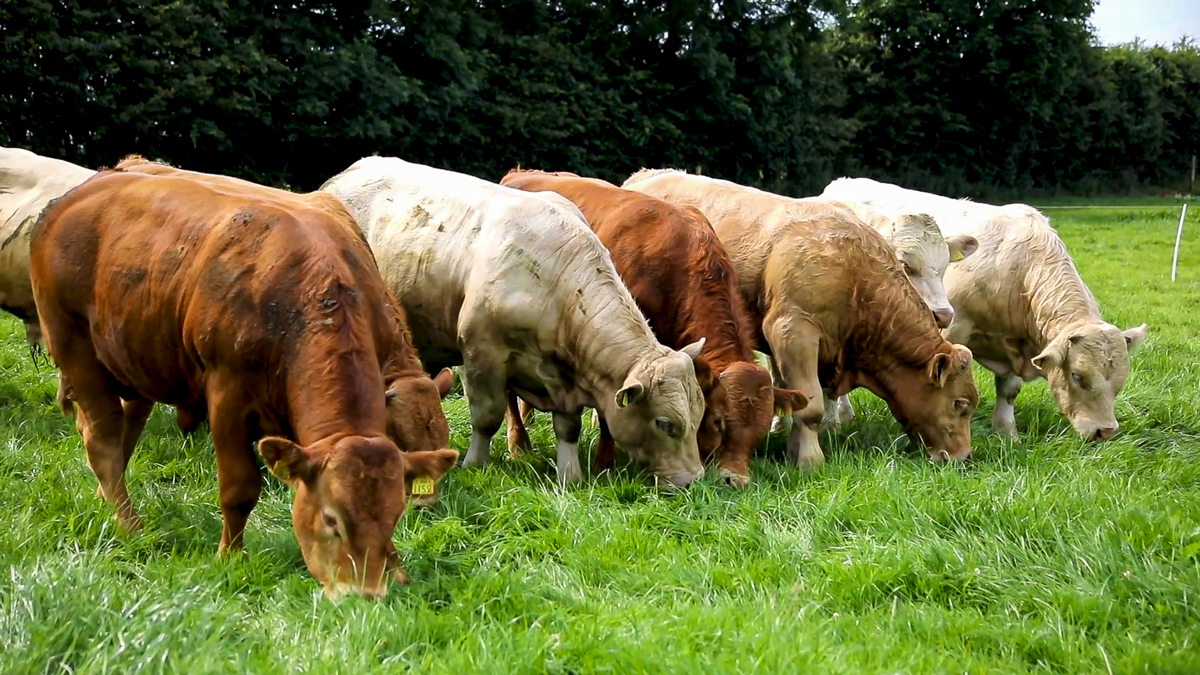According to College of Agriculture, Food and Rural Enterprise (CAFRE) livestock advisor Nigel Gould, mineral deficiencies can be an issue on a significant number of beef and sheep farms at this time of the year.
“Farmers should consider mineral supplementation at grass, as mineral deficiency is a widespread problem in soils,” he explained.
“Selenium and iodine deficiency are a particular concern for suckler cow fertility.
“However, it is important to note that while mineral deficiency can affect fertility, if overall nutritional needs aren’t met, fertility will still be compromised.
“Ideally, get a pooled blood sample from a group of untreated animals analysed to identify a deficiency,” he added.
“If a deficiency is identified, minerals can be supplemented using a range of methods. The bolus is often the preferred option for cattle at grass due to the low labour requirement.
Grass tetany
The advisor went on to highlight the fact that grass tetany (Hypomagnesaemia) can be a higher risk in early spring.
This is because rapidly growing quality grass, with a high passage rate through the rumen, can lead to magnesium deficiency.
“Lactating cows and ewes are most at risk due to their higher demand. Periods of wet weather can exacerbate the problem,” he said.
“High levels of potassium in grass can also increase the risk as it can interfere with magnesium absorption. Magnesium cannot be stored by the body, therefore a daily intake is essential.
“High magnesium lick buckets are the common choice for grass tetany prevention.”
Grassland management
The CAFRE representative has also highlighted the grassland management priorities for cattle and sheep farmers over the coming weeks.
“In early spring opening covers of 2,000 to 3,000kg of dry matter per hectare (DM/ha) are acceptable,” he confirmed.
Later in the season, when grass growth is at its peak, follow the rule of threes: aim to graze at the three-leaf stage; graze for three days; and graze again in three weeks. This means seven paddocks will be required.
“When the grass plant is grazed, it will typically grow a new leaf each week. This varies depending on growth conditions, taking longer in the shoulders of the season. After the third leaf grows, the first will die,” he added.
“For this reason, grazing at the appropriate time means minimal dead material in the sward, resulting in higher sward quality. It will also serve to increase total utilisable annual dry matter yield.”
According to Gould, fields should be closed off for silage over the next fortnight.
“Aim to have silage ground that is being closed by mid-April at the latest,” he said.
“Late closing will push the harvest date further into June, at a time when grass will naturally tend to go to seed, rapidly decreasing D-value and overall quality.”
